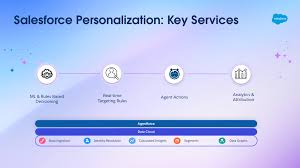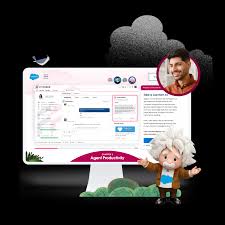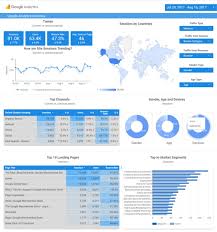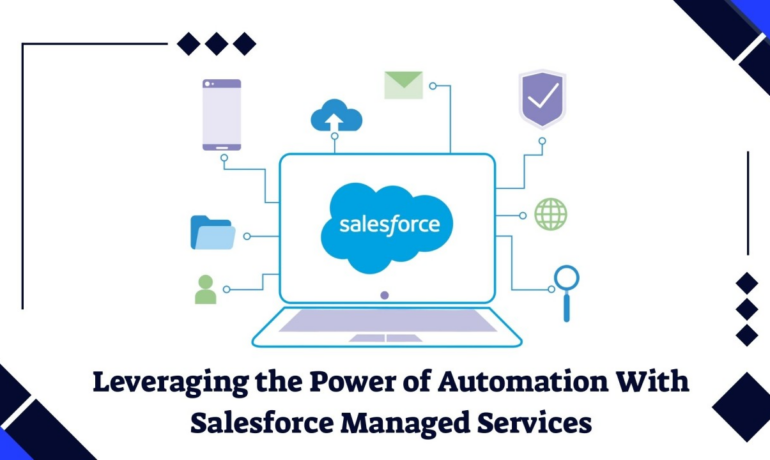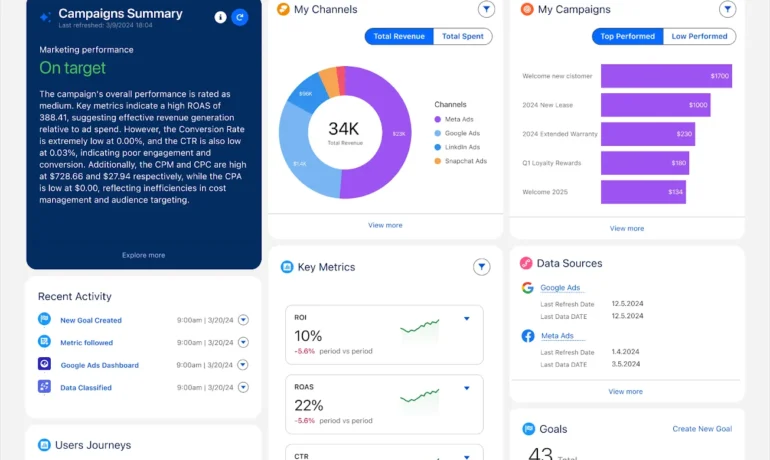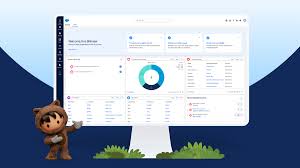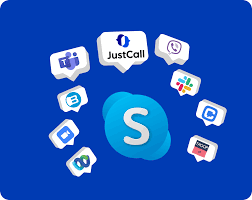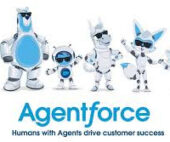The AI Agent Dilemma: Hype, Confusion, and Competing Definitions Silicon Valley is all in on AI agents. OpenAI CEO Sam Altman predicts they will “join the workforce” this year. Microsoft CEO Satya Nadella envisions them replacing certain knowledge work. Meanwhile, Salesforce CEO Marc Benioff has set an ambitious goal: making Salesforce the “number one provider of digital labor in the world” through its suite of AI-driven agentic services. But despite the enthusiasm, there’s little consensus on what an AI agent actually is. In recent years, tech leaders have hailed AI agents as transformative—just as AI chatbots like OpenAI’s ChatGPT redefined information retrieval, agents, they claim, will revolutionize work. That may be true. But the problem lies in defining what an “agent” really is. Much like AI buzzwords such as “multimodal,” “AGI,” or even “AI” itself, the term “agent” is becoming so broad that it risks losing all meaning. This ambiguity puts companies like OpenAI, Microsoft, Salesforce, Amazon, and Google in a tricky spot. Each is investing heavily in AI agents, but their definitions—and implementations—differ wildly. An Amazon agent is not the same as a Google agent, leading to confusion and, increasingly, customer frustration. Even industry insiders are growing weary of the term. Ryan Salva, senior director of product at Google and former GitHub Copilot leader, openly criticizes the overuse of “agents.” “I think our industry has stretched the term ‘agent’ to the point where it’s almost nonsensical,” Salva told TechCrunch. “[It is] one of my pet peeves.” A Definition in Flux The struggle to define AI agents isn’t new. Former TechCrunch reporter Ron Miller raised the question last year: What exactly is an AI agent? The challenge is that every company building them has a different answer. That confusion only deepened this past week. OpenAI published a blog post defining agents as “automated systems that can independently accomplish tasks on behalf of users.” Yet in its developer documentation, it described agents as “LLMs equipped with instructions and tools.” Adding to the inconsistency, OpenAI’s API product marketing lead, Leher Pathak, stated on X (formerly Twitter) that she sees “assistants” and “agents” as interchangeable—further muddying the waters. Microsoft attempts to make a distinction, describing agents as “the new apps” for an AI-powered world, while reserving “assistant” for more general task helpers like email drafting tools. Anthropic takes a broader approach, stating that agents can be “fully autonomous systems that operate independently over extended periods” or simply “prescriptive implementations that follow predefined workflows.” Salesforce, meanwhile, has perhaps the widest-ranging definition, describing agents as AI-driven systems that can “understand and respond to customer inquiries without human intervention.” It categorizes them into six types, from “simple reflex agents” to “utility-based agents.” Why the Confusion? The nebulous nature of AI agents is part of the problem. These systems are still evolving, and major players like OpenAI, Google, and Perplexity have only just begun rolling out their first versions—each with vastly different capabilities. But history also plays a role. Rich Villars, GVP of worldwide research at IDC, points out that tech companies have “a long history” of using flexible definitions for emerging technologies. “They care more about what they are trying to accomplish on a technical level,” Villars told TechCrunch, “especially in fast-evolving markets.” Marketing is another culprit. Andrew Ng, founder of DeepLearning.ai, argues that the term “agent” once had a clear technical meaning—until marketers and a few major companies co-opted it. The Double-Edged Sword of Ambiguity The lack of a standardized definition presents both opportunities and challenges. Jim Rowan, head of AI at Deloitte, notes that while the ambiguity allows companies to tailor agents to specific needs, it also leads to “misaligned expectations” and difficulty in measuring value and ROI. “Without a standardized definition, at least within an organization, it becomes challenging to benchmark performance and ensure consistent outcomes,” Rowan explains. “This can result in varied interpretations of what AI agents should deliver, potentially complicating project goals and results.” While a clearer framework for AI agents would help businesses maximize their investments, history suggests that the industry is unlikely to agree on a single definition—just as it never fully defined “AI” itself. For now, AI agents remain both a promising innovation and a marketing-driven enigma. Like Related Posts Salesforce OEM AppExchange Expanding its reach beyond CRM, Salesforce.com has launched a new service called AppExchange OEM Edition, aimed at non-CRM service providers. Read more The Salesforce Story In Marc Benioff’s own words How did salesforce.com grow from a start up in a rented apartment into the world’s Read more Salesforce Jigsaw Salesforce.com, a prominent figure in cloud computing, has finalized a deal to acquire Jigsaw, a wiki-style business contact database, for Read more Service Cloud with AI-Driven Intelligence Salesforce Enhances Service Cloud with AI-Driven Intelligence Engine Data science and analytics are rapidly becoming standard features in enterprise applications, Read more

